 | ||
Instrumental analysis is a field of analytical chemistry that investigates analytes using scientific instruments.
Contents
Spectroscopy
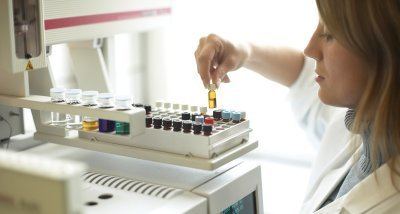
Spectroscopy measures the interaction of the molecules with electromagnetic radiation. Spectroscopy consists of many different applications such as atomic absorption spectroscopy, atomic emission spectroscopy, ultraviolet-visible spectroscopy, x-ray fluorescence spectroscopy, infrared spectroscopy, Raman spectroscopy, nuclear magnetic resonance spectroscopy, photoemission spectroscopy, Mössbauer spectroscopy, Circular dichroism spectroscopy, and so on.
Mass spectrometry
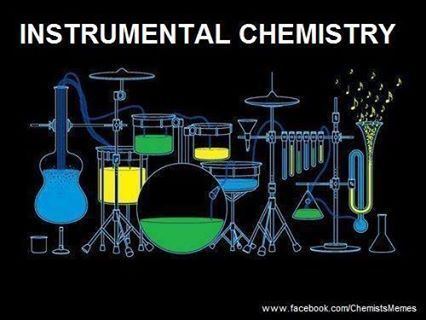
Mass spectrometry measures mass-to-charge ratio of molecules using electric and magnetic fields. There are several ionization methods: electron ionization, chemical ionization, electrospray, fast atom bombardment, matrix-assisted laser desorption/ionization, and others. Also, mass spectrometry is categorized by approaches of mass analyzers: magnetic-sector, quadrupole mass analyzer, quadrupole ion trap, time-of-flight, Fourier transform ion cyclotron resonance, and so on.
Crystallography
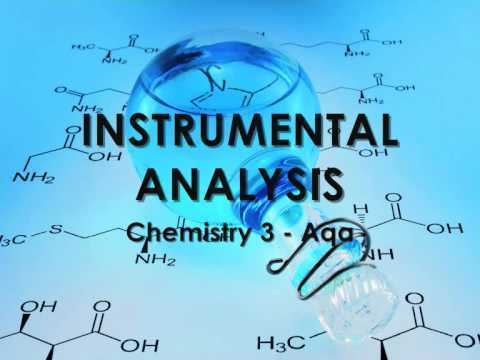
Crystallography is a technique that characterizes the chemical structure of materials at the atomic level by analyzing the diffraction patterns of electromagnetic radiation or particles that have been deflected by atoms in the material. X-rays are most commonly used. From the raw data the relative placement of atoms in space may be determined.
Electrochemical analysis
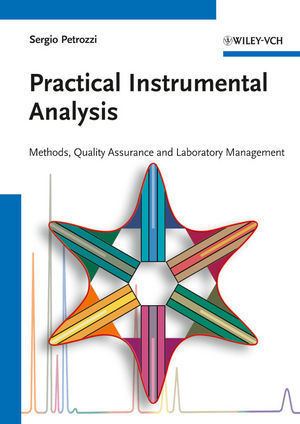
Electroanalytical methods measure the electric potential in volts and/or the electric current in amps in an electrochemical cell containing the analyte. These methods can be categorized according to which aspects of the cell are controlled and which are measured. The three main categories are potentiometry (the difference in electrode potentials is measured), coulometry (the cell's current is measured over time), and voltammetry (the cell's current is measured while actively altering the cell's potential).
Thermal analysis
Calorimetry and thermogravimetric analysis measure the interaction of a material and heat.
Separation

Separation processes are used to decrease the complexity of material mixtures. Chromatography and electrophoresis are representative of this field.
Hybrid techniques
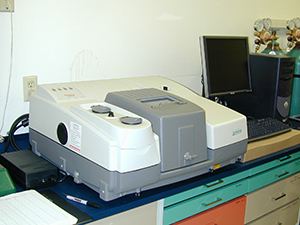
Combinations of the above techniques produce "hybrid" or "hyphenated" techniques. Several examples are in popular use today and new hybrid techniques are under development. For example, gas chromatography-mass spectrometry, LC-MS, GC-IR, LC-NMR, LC-IR, CE-MS, ICP-MS, and so on.
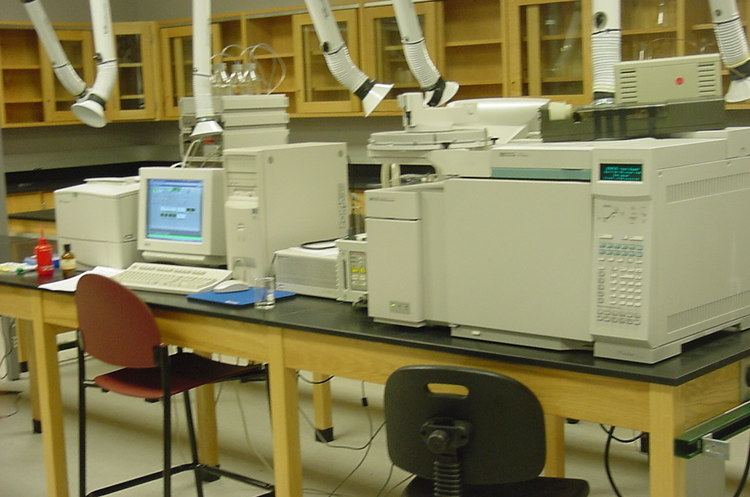
Hyphenated separation techniques refers to a combination of two or more techniques to separate chemicals from solutions and detect them. Most often the other technique is some form of chromatography. Hyphenated techniques are widely used in chemistry and biochemistry. A slash is sometimes used instead of hyphen, especially if the name of one of the methods contains a hyphen itself.
Examples of hyphenated techniques:
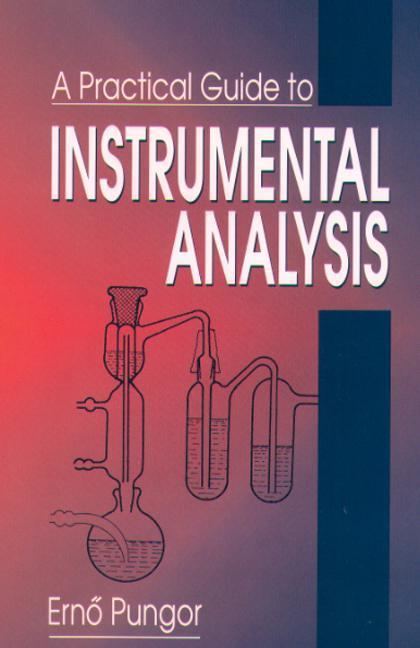
Microscopy
The visualization of single molecules, single biological cells, biological tissues and nanomaterials is very important and attractive approach in analytical science. Also, hybridization with other traditional analytical tools is revolutionizing analytical science. Microscopy can be categorized into three different fields: optical microscopy, electron microscopy, and scanning probe microscopy. Recently, this field is rapidly progressing because of the rapid development of the computer and camera industries.
Lab-on-a-chip
Devices that integrate multiple laboratory functions on a single chip of only a few square millimeters or centimeters in size and that are capable of handling extremely small fluid volumes down to less than picoliters.
